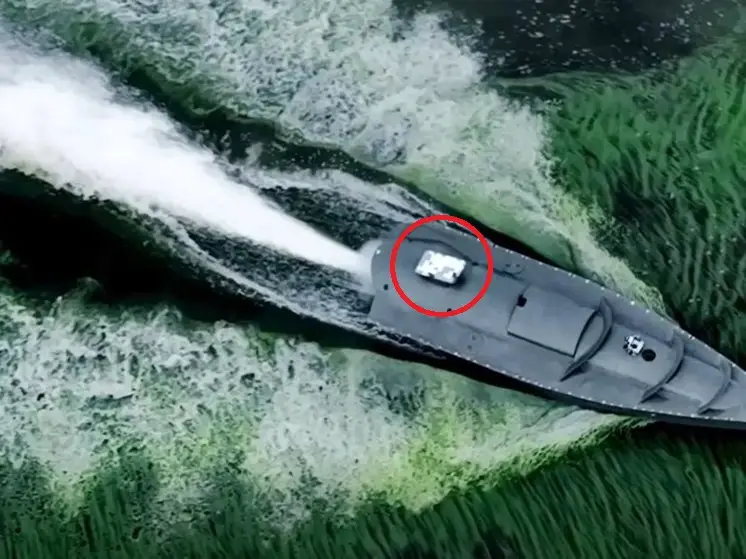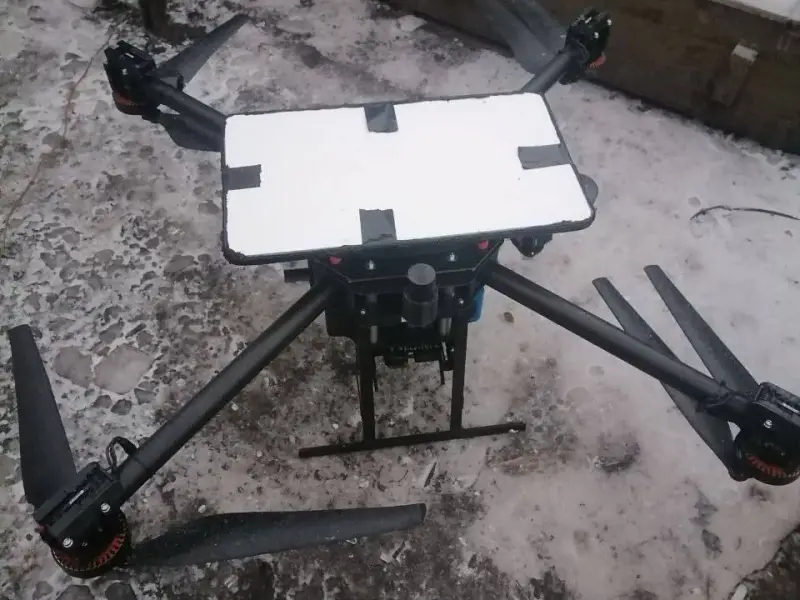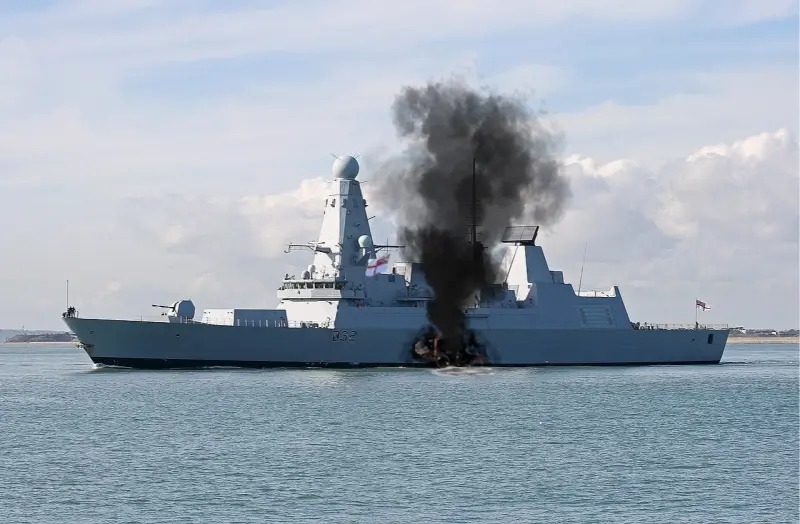Starlink communications in the Russian Armed Forces: risks, opportunities, consequences

At the beginning of February 2024, messages began to appear on various Internet resources and in Telegram channels that certain units of the Armed Forces of the Russian Federation (RF Armed Forces) began to actively use Starlink satellite communication terminals during combat operations. It is not known for certain whether this is true and the number of Starlink and RF BC terminals (if they exist at all), as well as the tasks for which these terminals are used.
Nevertheless, information about the appearance of Starlink terminals in the Russian Armed Forces caused active discussion in the media space of all interested parties - Russia, Ukraine and Western countries, including the United States. It got to the point that Elon Musk had to deny the involvement of SpaceX in the supply of Starlink terminals to Russia.
There is one caveat - according to statements by the SpaceX company, Starlink satellite communications does not work on the territory of Russia within the borders until February 2022, however, it works over the former regions of Ukraine that became part of Russia as a result of the referendum held in September 2022, as well as over the water area Black Sea, potentially allowing both warring parties to use Starlink capabilities.
The Armed Forces of Ukraine (AFU) make full use of Starlink, for them it is one of the critical components that ensures the ability to withstand the Russian Armed Forces. In fact, it is Starlink that supplies the APU with global, encrypted, noise-resistant high-speed communications, which not only provides voice communications and the transmission of text messages, but also the ability to transmit large amounts of graphic data and video images.
We should not forget about the use of Starlink terminals as part of Ukrainian weapons systems.
Firstly, this is the use of Starlink terminals on unmanned kamikaze boats (BEC), which have become an extremely serious threat to the Black Sea Fleet (BSF) of the Russian Navy, as well as Russian infrastructure in the Black Sea, including the Crimean Bridge.

Ukrainian BEC kamikaze, presumably with a Starlink terminal antenna (circled in red)
Secondly, with the help of Starlink, unmanned aerial vehicles (UAVs) are controlled, such as Baba Yaga bombers, which have a significantly greater range and noise immunity compared to dronesusing standard radio communications.
It can be assumed that if SpaceX extends the Starlink operating area to the entire territory of Russia, then strikes by Ukrainian high-precision weapons long range will become an order of magnitude more effective and dangerous - placing airplanes and helicopters in open areas will be tantamount to their voluntary destruction, and the Main Intelligence Directorate (GUR) of Ukraine will significantly increase the number of strikes delivered to critical nodes of Russian infrastructure.
Now, presumably, we can use the enemy’s weapons, or more precisely, the weapons of the enemy’s American collaborator, against himself.
What benefits will the use of Starlink satellite communications provide to the Russian Armed Forces and what risks does it carry? What will be the consequences of using Starlink satellite communications for the Russian Armed Forces?
When considering, we will assume that the information about the appearance of a certain number of Starlink terminals in the RF Armed Forces is reliable.
Let's start with the risks.
Risks
It is necessary to understand that even if Starlink terminals appear in the ranks of the RF Armed Forces, their number will be limited - we will not be able to achieve parity with the Armed Forces of Ukraine, to which thousands of Starlink terminals are centrally supplied. In addition, Starlink terminals report their location to SpaceX (this is necessary for their operation), and it is unknown where this data flows later.
From this we can conclude that there is no influence on providing communications to the RF Armed Forces Starlink terminals will not provide assistance, since there will be few of them; in addition, their use will be associated with significant risks for the RF Armed Forces.
If there are few terminals, only middle and/or senior officers will use them, and then, in the event of a leak of their coordinates, the Armed Forces of Ukraine can use the received data to carry out targeted strikes with high-precision weapons and decapitate regiments/brigades/divisions of the RF Armed Forces. In addition, the enemy may open the locations of military equipment and manpower, ammunition depots and fuel and lubricants (fuels and lubricants).
It is necessary to take into account that the Armed Forces of Ukraine may not strike immediately, in order for the Russian Armed Forces to form a false opinion about the safety of using Starlink communications, but after some certain time, when a sufficient number of confirmed installation sites for Starlink terminals appear, when a significant number of objects of the RF Armed Forces will be inflicted massive strike using all types of weapons available to the Ukrainian Armed Forces.
It is possible that such a strike could be used by the Ukrainian Armed Forces as a basis for another attempt at a counteroffensive in the area where, “thanks to” the use of Starlink terminals, they will be able to inflict maximum damage on the Russian Armed Forces. After all, a “counter-offensive” is vitally important for Ukraine - it will confirm the “creditworthiness” of the Ukrainian Armed Forces, that is, the likelihood of ensuring victory with appropriate logistical support from the United States and other Western countries.
Capabilities
Despite the existing risks, Starlink satellite communications, when used correctly, can provide the Russian Armed Forces with quite interesting opportunities and advantages. Of course, we are talking about the symmetrical use of Starlink terminals on UAV-bombers, long-range kamikaze UAVs and BEC kamikazes.

Ukrainian kamikaze UAV "Baba Yaga" controlled via Starlink
The assumption about the possibility of such use of Starlink terminals is based on two assumptions.
The first is that there are a lot of Starlink terminals in Ukraine, so ensuring control over all of them can be quite difficult.
The second is the proximity of the units of the Russian Armed Forces and the Armed Forces of Ukraine on the line of combat contact (LCC), the complexity of constructing combat formations and their constant updating (changing the configuration of the LBC).
Potentially, this will allow the Russian Armed Forces to equip UAV-bombers with Starlink terminals, as the Ukrainian Armed Forces do, to carry out strikes deep in enemy territory - even Ukrainian markings can be applied, so that if the UAV is destroyed, the enemy may not even understand that it was attacked by the Russian Armed Forces - it will be written off to "friendly fire". Starting near the LBS, a UAV-bomber with a Starlink terminal can reach the enemy’s near rear using roundabout routes and ensure the destruction of equipment and manpower, command posts, ammunition and fuel depots, arriving reinforcements and damaged equipment evacuated to the rear for repairs.
It is possible that in this way it will be possible to ensure the confirmed destruction of HIMARS launchers (PU) or Patriot anti-aircraft missile systems (SAM).
The Russian Armed Forces will gain even greater capabilities if Starlink terminals are installed on aircraft-type kamikaze UAVs with a range of about 1 kilometers or more. In this case, the destruction of particularly important targets with confirmation can be carried out already in the depths of the territory of Ukraine - the same HIMARS launchers, Patriot air defense systems, combat aircraft (F-16 fighters may soon arrive in Ukraine) and helicopters at airfields, as well as much more.
Now We can potentially ensure the destruction of targets with confirmation deep in enemy territory only by using a combination of a long-range UAV carrier with a communications repeater and a Lancet-type kamikaze UAV, and this is vitally important so that complex and expensive equipment is no longer given to Ukraine.
And, of course, Starlink terminals can also be installed on BEC kamikazes. Near Ukraine itself fleet no, so there’s really nothing to sink there, except to ensure the destruction of port facilities BEC-kamikaze with high-power combat units, but you can hit their allies – warships of Western countries – with absolute impunity, we previously discussed this in detail in the material “The destruction of British Navy warships by unidentified unmanned boats is a signal to all NATO countries.”.

Only such pictures can force Western countries to retreat; jackals do not understand persuasion - only brute force
Given the situation in the Middle East, it is possible not only supply the Houthis with anti-ship missiles (ASMs), but also to strike the warships of Western countries themselves with the help of BEC kamikazes delivered to the region by some inconspicuous transport ship and controlled through the Starlink network. Assembled from components from Western countries, controlled through American Starlink terminals, kamikaze BECs can be used not only against warships, but also against the infrastructure of our real enemies.
Aftermath
Here everything depends on a sense of proportion. The use of Starlink terminals by the Russian Armed Forces in the short term can cause significant damage to both Ukraine and Western countries, of course, if they are used wisely.
What does reasonable mean?
This means - do not use them to organize communications between units of the Russian Armed Forces, and in the case of using Starlink terminals to control UAVs and UAVs, take precautions - launch UAVs and UAVs near the LBS or away from the “old” Russian borders, take Starlink terminals to away from the location of operators, use VPN tunnels and other methods of masking traffic, and so on and so forth.
But the main thing is that the possibility of using Starlink communications should not lead to delays or suspensions in the creation of Russian global high-speed broadband space communication networks; moreover, their development and deployment should become one of the priorities of our science and industry, since communication systems like Starlink are one of the cornerstones stones ensure national security in the near and medium term.
Information